Choosing the right coffee beans can feel overwhelming, especially with so many options available. Whether you’re new to the coffee scene or just looking to refine your skills, understanding how to select the best beans is essential for enhancing your coffee experience. In this article, we’ll explore various types of coffee beans, their unique characteristics, and how these choices can impact the flavor of your brew.
Get ready to dive into the fascinating world of coffee! From roasting techniques to storage methods, we’ll guide you step by step on how to make informed decisions that will elevate your coffee game. Join us as we unlock the secrets to selecting the perfect coffee beans that suit your taste buds.
- Discover the differences between Arabica and Robusta beans.
- Learn how the roasting process affects flavor.
- Find out the best storage methods to keep your beans fresh.
Types of Coffee Beans and Their Characteristics
Differences Between Arabica and Robusta
When it comes to coffee, the two primary types of beans you’ll encounter are Arabica and Robusta. Understanding these differences can significantly influence your choice and ultimately your coffee experience. Arabica beans are known for their mild flavor and aromatic qualities, making them a favorite among coffee enthusiasts. They generally have a higher acidity and a more complex flavor profile, which can include hints of fruit and sugar.
On the other hand, Robusta beans tend to have a stronger, more bitter taste. They’re often used in espresso blends due to their ability to create a rich, creamy crema on top. Robusta beans also contain more caffeine, which can give your coffee a bolder kick. This difference in flavor and caffeine content can help you determine which type best suits your preferences.
As you explore these bean types, consider what flavors resonate with you. Do you enjoy a smooth, subtle cup of coffee, or are you after something robust and intense? Your answer can guide you in selecting the right beans for your next brew.
- Arabica beans are mild and aromatic.
- Robusta beans are strong and bitter.
- Consider your flavor preferences when selecting beans.
Understanding Flavor Notes
Now that you know the basic differences between Arabica and Robusta, let’s dive deeper into flavor notes. Each coffee bean carries unique characteristics that can affect the taste of your brew. Flavor notes are essentially the distinctive tastes and aromas you can identify in coffee, ranging from fruity and floral to nutty and chocolatey.
When selecting coffee beans, take time to read the tasting notes provided by roasters. These notes can give you valuable insight into what to expect from a particular batch. For instance, a bag labeled with hints of chocolate and caramel might be perfect for those who enjoy a sweeter cup, while notes of citrus and berry could appeal to those who prefer a brighter flavor.
Paying attention to these details can elevate your coffee experience and help you discover new favorites. By understanding the flavor profiles associated with different beans, you’ll be better equipped to make informed selections that suit your taste.

For those looking to deepen their coffee experience, exploring the brewing process can be incredibly beneficial. In this context, you might find our article on Master the Art of Brewing Delicious Drip Coffee for a Special Moment! particularly insightful, as it offers a comprehensive guide to making the perfect cup of drip coffee, enhancing your appreciation for different bean types and their unique flavors.
- Flavor notes range from fruity to nutty.
- Read tasting notes from roasters for guidance.
- Discover new favorites by exploring different flavor profiles.
The Roasting Process and Its Impact
Basics of Roasting
Now that you’ve got a grasp on selecting the right coffee beans, it’s time to consider another essential factor: the roasting process. Roasting transforms green coffee beans into the aromatic, flavorful beans we love. During roasting, beans undergo chemical changes that develop their flavor and aroma. The temperature and duration of roasting are crucial, as these factors can either enhance or diminish the beans’ inherent qualities.
A lighter roast retains more of the original flavor profile of the beans, while a darker roast often introduces bolder, more robust flavors. Understanding this process can help you make more informed choices when selecting beans. If you enjoy the unique characteristics of your favorite bean type, a lighter roast might be the way to go. Conversely, if you prefer a rich and intense flavor, exploring darker roasts could be exciting.
As you embark on your coffee journey, remember that the roasting process is just as important as the bean selection. Taking the time to learn about roasting will deepen your appreciation for the nuances in flavor and aroma that different roasts offer.
- Roasting transforms green beans into flavorful coffee.
- The temperature and time of roasting affect flavor.
- Light roasts preserve original bean flavors, while dark roasts create bold profiles.
Flavor Differences by Roast Level
Now let’s dive deeper into how roast levels impact flavor. The roast level can significantly change the taste of your coffee, so understanding these differences is key to enhancing your brewing experience. Light roasts tend to emphasize the bean’s origin characteristics. This means you’ll often taste more of the fruity or floral notes that we discussed earlier, giving you a bright and vibrant cup.
On the other hand, medium roasts strike a balance between the bean’s natural flavors and the roasting process itself. They often showcase a blend of sweetness and acidity, making them a popular choice for many coffee drinkers. If you’re looking for a well-rounded flavor that isn’t too overpowering, a medium roast might fit the bill.
When it comes to dark roasts, the story changes again. These beans are roasted longer, resulting in a deeper, more intense flavor profile. You might notice notes of chocolate or caramel, along with a fuller body and a bit of bitterness. This type of roast is often favored for espresso blends, as it contributes to a rich, creamy texture.
Ultimately, experimenting with different roast levels can be a fun way to discover what you truly enjoy. Don’t hesitate to try various roasts and see how they complement your favorite beans. By doing so, you’ll not only expand your palate but also enhance your overall coffee experience.

If you found the nuances of the roasting process intriguing, you might also appreciate the insights shared in the article Discover the Charm of Medium Ground Coffee Beans! A Complete Guide to Selection and Brewing. It offers a detailed exploration of how to select and brew medium ground coffee, which can further enhance your overall coffee experience.
- Light roasts showcase fruity and floral notes.
- Medium roasts offer a balance of sweetness and acidity.
- Dark roasts provide intense flavors with chocolate and caramel notes.
Choosing Extraction Methods
Differences Between Drip, French Press, and Espresso
Now that you have a solid understanding of selecting the right coffee beans and how roasting affects flavor, it’s time to explore the extraction methods. The way you brew your coffee can significantly change the taste and experience of your drink. Three popular methods are drip brewing, French press, and espresso, each with its own unique characteristics.
Drip coffee makers are a classic choice for many households. They work by pouring hot water over coffee grounds and allowing the brewed coffee to drip into a carafe. This method is known for producing a clean and smooth cup, highlighting the flavors of the beans without any sediment. On the other hand, the French press uses a different approach. Coarse coffee grounds are steeped in hot water and then separated by pressing a plunger down through the grounds. This method allows for more oils and fine particles to remain in the coffee, resulting in a fuller-bodied flavor.
Espresso is a stronger and more concentrated coffee, brewed by forcing hot water through finely ground coffee at high pressure. This method creates a rich and bold shot of coffee, often served as a base for drinks like lattes and cappuccinos. Understanding how these methods differ will help you choose the best way to enjoy your favorite beans.
- Drip coffee is clean and smooth.
- French press offers a fuller-bodied flavor.
- Espresso provides a concentrated coffee experience.
Pros and Cons of Each
Each brewing method comes with its own set of advantages and disadvantages, which can affect your coffee experience. For instance, drip coffee makers are easy to use and allow you to brew multiple cups at once. They’re perfect for busy mornings or when hosting friends. However, they might not capture all the subtle flavors of the beans compared to other methods.
The French press, while offering a rich flavor profile, requires a bit more effort and attention. You’ll need to pay close attention to the steeping time to avoid over-extraction, which can lead to bitterness. Yet, many coffee enthusiasts appreciate the hands-on approach and the ability to control the brewing process.
Espresso machines can be an investment, but the result is a concentrated shot of coffee that serves as a foundation for various coffee beverages. The downside is that it requires practice to master the brewing technique and can be less forgiving if not done correctly. By weighing the pros and cons of each method, you can decide which one aligns best with your coffee preferences and lifestyle.

If you’re intrigued by the various brewing methods we’ve discussed, you might also find it beneficial to read the article titled The Ultimate Guide for Beginners: Choosing and Storing Coffee Beans!. This piece delves into the essential aspects of selecting the right coffee beans and how proper storage can enhance your overall coffee experience.
- Drip brewing is convenient but may lack depth.
- French press provides rich flavors but requires attention.
- Espresso offers intensity but needs practice to perfect.
How to Store Coffee Beans
Storage Methods to Keep Freshness
Once you’ve chosen the perfect coffee beans and mastered your brewing techniques, it’s crucial to consider how to keep those beans fresh. Proper storage is essential for preserving the flavors you love. Coffee beans can quickly lose their aromatic qualities if not stored correctly, which can significantly impact your coffee experience.
One of the simplest methods to maintain freshness is to keep your beans in an airtight container. This prevents exposure to air, which can lead to oxidation and stale flavors. Additionally, storing your coffee beans in a cool, dark place away from direct sunlight is vital. Avoiding the kitchen cabinet near the stove is a good idea, as heat can negatively affect the beans’ quality.
- Use an airtight container to prevent oxidation.
- Store beans in a cool, dark place.
- Avoid heat sources like the stove.
Techniques for Long-term Storage
For those who buy coffee beans in bulk or want to enjoy their favorite roasts for an extended period, understanding long-term storage techniques is essential. One effective method is to freeze your coffee beans. This can help preserve their freshness for up to several months. When freezing, it’s best to divide beans into smaller portions in airtight bags. This way, you can take out only what you need without exposing the entire batch to air and moisture.
Another option is to consider vacuum sealing your beans. By removing the air, you reduce the chance of oxidation, allowing your beans to retain their flavors longer. Just remember that once you open a bag of vacuum-sealed beans, you should consume them within a reasonable time frame to enjoy the best taste.
Furthermore, be mindful of how often you grind your beans. Grinding releases oils that can go stale quickly, so it’s wise to grind your beans as needed rather than in advance. This way, you’ll ensure that each cup of coffee is as fresh and flavorful as possible.
- Freeze beans in small portions in airtight bags.
- Vacuum sealing helps maintain freshness.
- Grind beans just before brewing for optimal flavor.
As you continue your coffee journey, remember that storage plays a key role in enjoying your favorite brews. In the next chapter, we’ll delve into the fascinating history of coffee and how it has shaped cultures around the world. Stay tuned as we explore the rich traditions and stories that make coffee the beloved beverage it is today!
Summary
In this exploration of coffee, we’ve covered essential aspects that can enhance your brewing experience, from selecting the right beans to understanding the roasting process and extraction methods. Choosing the right coffee beans is a personal journey that involves considering their flavor profiles, roast levels, and brewing methods that suit your taste. By paying attention to these details, you can truly elevate your coffee experience.
Additionally, we’ve discussed the importance of proper storage techniques to maintain the freshness and flavor of your coffee beans. Whether you prefer to freeze your beans or use an airtight container, these practices can make a significant difference in your daily cup. As you continue to explore the world of coffee, remember that each choice you make contributes to the richness of your experience.
Lastly, as you embark on this delightful journey of coffee appreciation, don’t hesitate to experiment with different types of beans, roasts, and brewing methods. There’s a whole world of flavors waiting to be discovered, and your perfect cup is just around the corner.
- Selecting coffee beans involves understanding their flavor profiles and types.
- Proper storage methods are crucial for maintaining the freshness of coffee.
- Experimenting with different brewing methods can enhance your overall coffee experience.
We’d love to hear your thoughts! What are your favorite coffee beans or brewing methods? Share your experiences in the comments below!



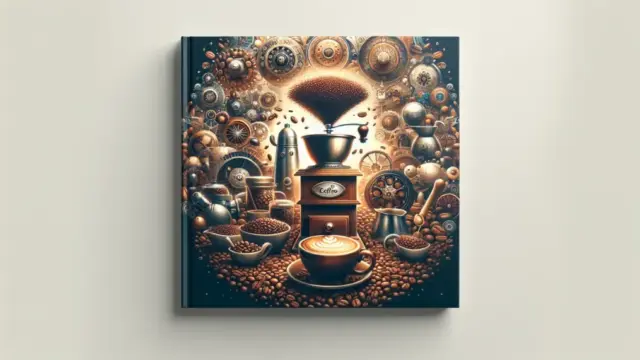


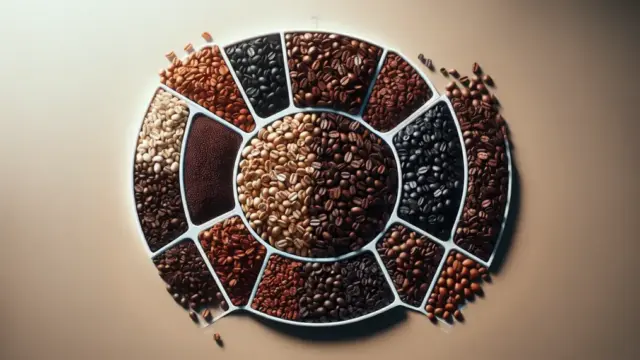










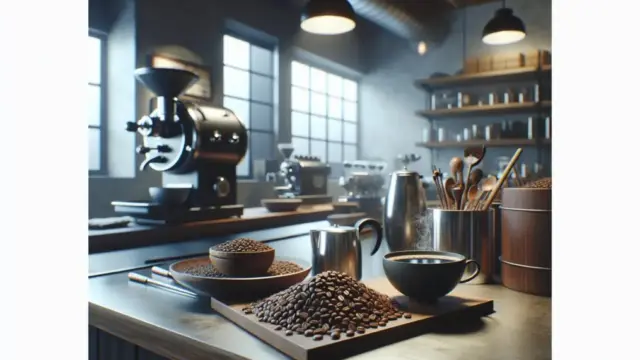




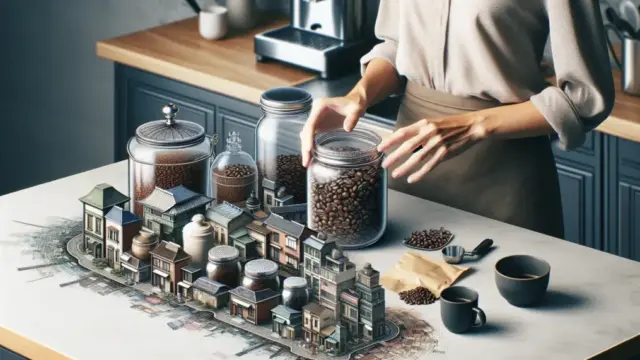








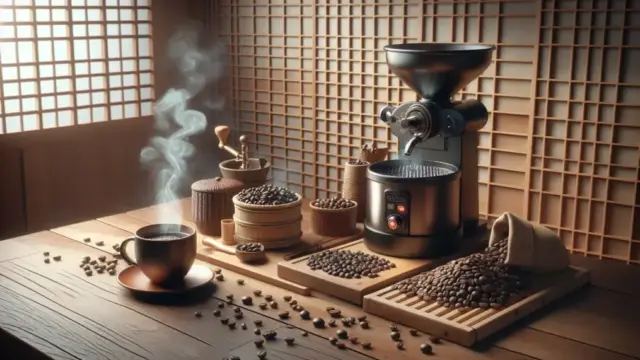



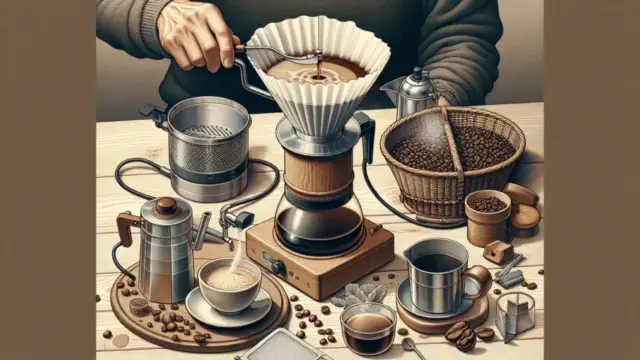



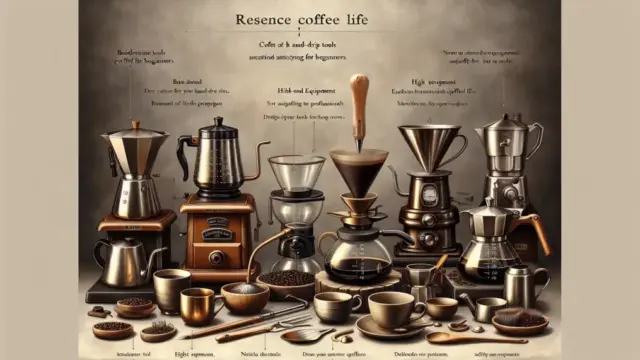







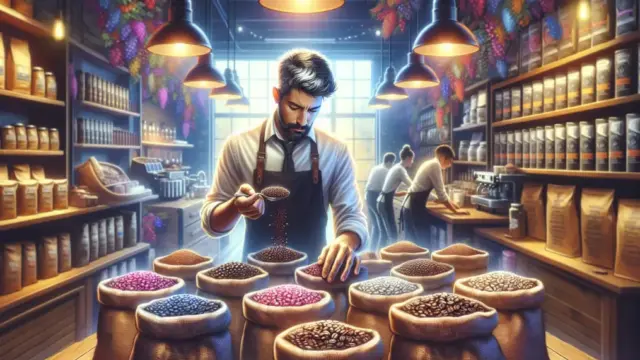
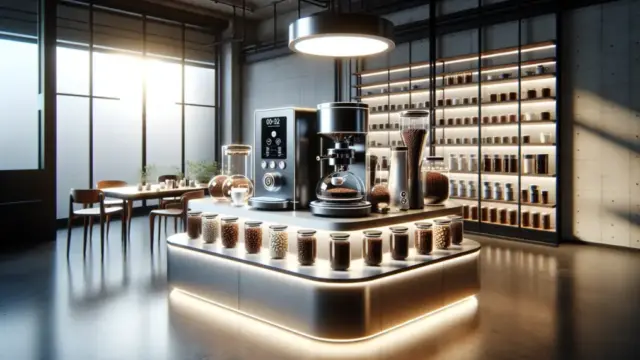








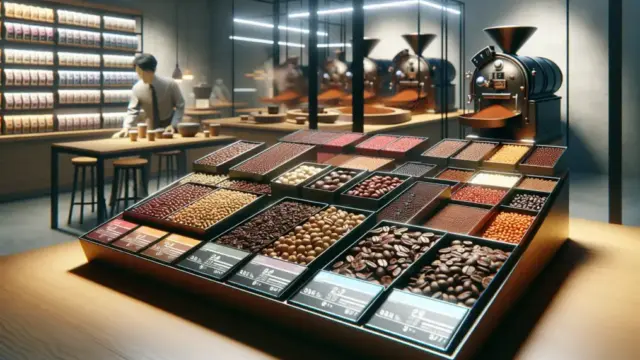


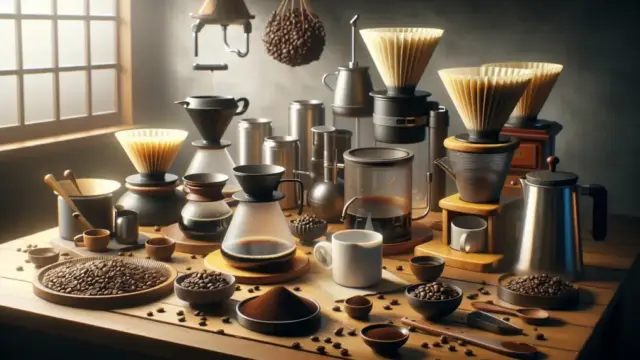














Comment